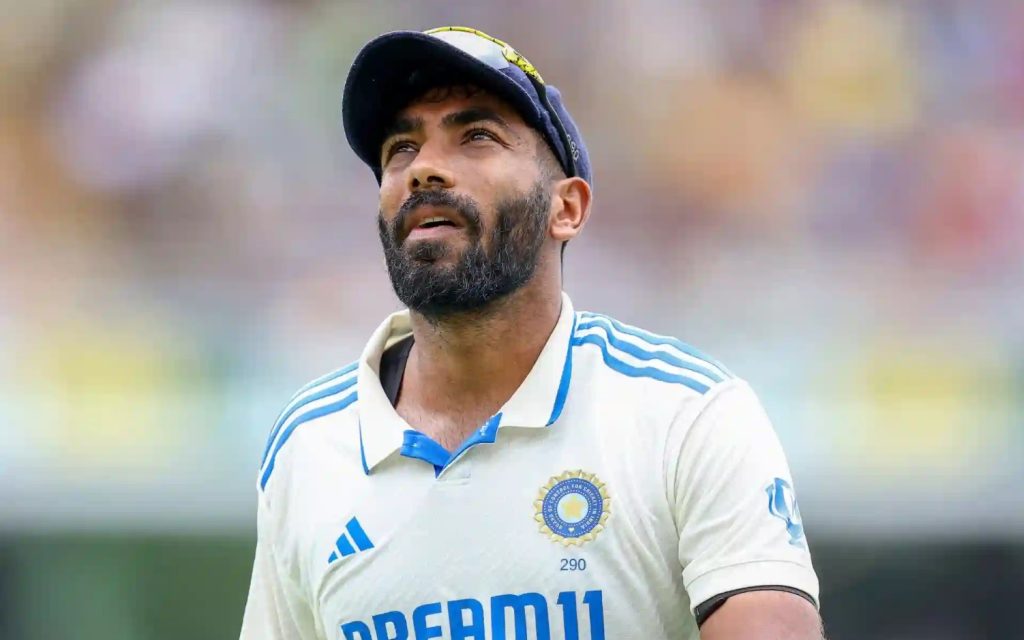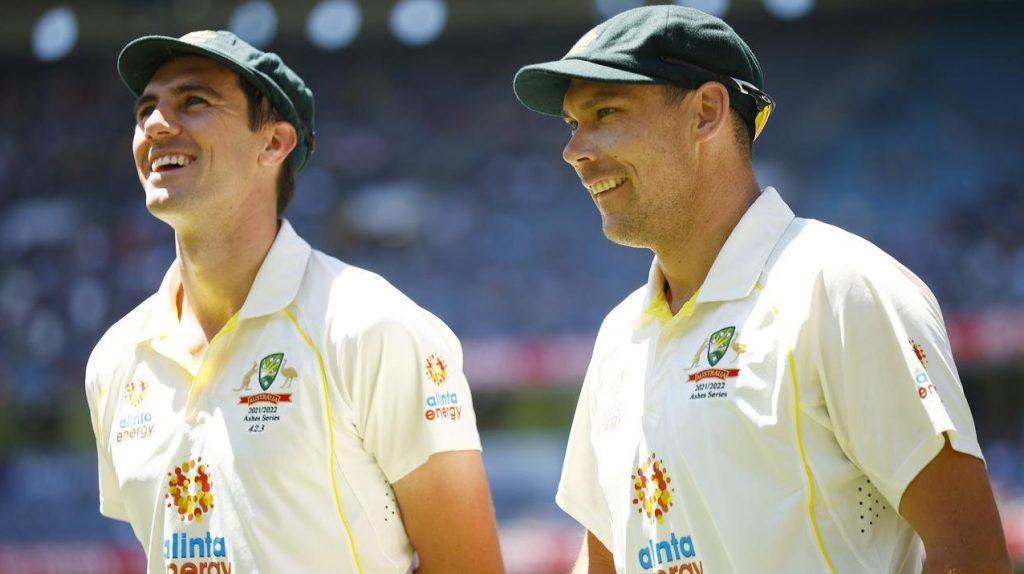Most Runs: The Indian Premier League (IPL) has become one of the most lucrative and exciting cricket tournaments in the world, attracting the finest talent from across the globe. In its short but illustrious history, the IPL has seen its fair share of thrilling matches, memorable performances, and heartbreaking moments for both batsmen and bowlers. While batsmen are often the heroes with their explosive knocks, bowlers too have had their share of glory, picking up wickets and leading their teams to victory. However, IPL is also a format where bowlers can be on the receiving end of heavy punishment, and the record for the most runs conceded by a bowler is a rather undesirable but significant statistic in IPL history.
Most Runs: In this article, we will explore the record for the most runs conceded by a bowler in the history of the Indian Premier League, delve into the factors that contribute to such performances, and analyze the broader impact of these performances on the players’ careers.
The Record for Most Runs Conceded in an IPL Match

Most Runs: The record for the most runs conceded by a bowler in an IPL match is a stat that every bowler dreads. It is often a result of a match where the opposition batsmen are in full flow, and the conditions are conducive to high-scoring affairs. The unfortunate holder of this record is Chris Morris, a South African all-rounder, who conceded a massive 61 runs in his four-over spell for the Rajasthan Royals against the Delhi Capitals in 2021. While Morris is a talented bowler, this performance highlighted the challenges that bowlers face in the IPL, especially when they bowl in high-pressure situations or when the opposition’s batting line-up is in peak form.
Top 5 Most Runs Conceded by a Bowler in an IPL Match
Most Runs: The table below presents the top 5 instances where bowlers have conceded the most runs in a single IPL match. These performances reflect some of the most challenging times for bowlers, where they have been on the receiving end of big hitting from power hitters in the opposition.
| Bowler | Team | Runs Conceded | Overs Bowled | Wickets Taken | Opponent | Year |
|---|---|---|---|---|---|---|
| Chris Morris | Rajasthan Royals | 61 | 4 | 0 | Delhi Capitals | 2021 |
| Kieron Pollard | Mumbai Indians | 57 | 4 | 0 | Rajasthan Royals | 2019 |
| Shreyas Gopal | Rajasthan Royals | 55 | 4 | 1 | Kolkata Knight Riders | 2019 |
| Ben Stokes | Rajasthan Royals | 55 | 4 | 0 | Kolkata Knight Riders | 2020 |
| Dwayne Bravo | Chennai Super Kings | 53 | 4 | 1 | Royal Challengers Bangalore | 2015 |
Most Runs: The table above features several notable names, including Chris Morris, Kieron Pollard, and Ben Stokes. These performances, while unfortunate, underline how even some of the most seasoned bowlers can have tough days on the field when faced with attacking batsmen who are in peak form.
Factors Contributing to High Runs Conceded in the IPL

Aggressive Batting: The IPL is known for its aggressive, high-scoring nature. Batsmen are encouraged to play big shots from the start, and they often take calculated risks, knowing that the fielding restrictions in the powerplay and the death overs provide the opportunity to score quickly. This increases the likelihood of bowlers being hit for boundaries and sixes. As a result, bowlers often find themselves under extreme pressure, with high-scoring games leading to inflated run totals.
Pitch Conditions: The pitches in the IPL vary from year to year and location to location. Some pitches are known to be flat and batting-friendly, which allows batsmen to play aggressive strokes and make the most of every opportunity. On these kinds of pitches, bowlers often struggle to get wickets and can end up conceding significant amounts of runs. For example, matches held in places like Chennai and Bangalore have witnessed high-scoring games due to the batting-friendly conditions.

Death Overs and Pressure: The death overs (overs 16-20) are where batsmen look to take maximum advantage of the bowlers. Bowlers, especially pacers, who bowl in this phase often find themselves under pressure to prevent big runs while also aiming for wickets. With the field spread out and boundaries easily accessible, bowlers frequently end up conceding runs as batsmen look to launch their shots into the stands. This is particularly evident in the IPL, where the death over phase often determines the outcome of the game.
Batsmen’s Power-Hitting Ability: With the emergence of power hitters like AB de Villiers, Hardik Pandya, and Andre Russell, bowlers are faced with a unique challenge. These players are capable of hitting sixes consistently, and even a slight mistake in length or line can result in a big boundary. As these batsmen target bowlers who are bowling in the death overs or during the middle overs, the runs conceded by bowlers increase.
Injury and Lack of Form: Bowlers who are either coming off an injury or are out of form may struggle to find rhythm during a match. In such cases, their deliveries lack consistency in line and length, leading to batsmen finding the gaps and scoring freely. Additionally, a lack of fitness can lead to poor execution of bowling plans, which contributes to a higher number of runs being conceded.
Fielding Restrictions and Powerplays: The IPL’s fielding restrictions play a major role in the scoring dynamics of the game. During the powerplay (the first six overs), the fielding team can only have two fielders outside the 30-yard circle. This provides attacking batsmen with the perfect opportunity to score freely without much fielding cover, often leading to an increase in the runs conceded by bowlers.
Impact of High Runs Conceded on a Bowler’s Career

While conceding a significant number of runs in an IPL match is generally seen as a negative, it doesn’t necessarily mark the end of a bowler’s career. The pressure in IPL can sometimes lead to performances that do not reflect a bowler’s true ability.
Short-Term Impact:
- Loss of Confidence: When a bowler gives away a large number of runs, it can dent their confidence. The psychological toll of a poor performance can affect their subsequent outings, making it hard to regain form.
- Media and Public Scrutiny: Due to the high visibility of IPL matches, any significant run-conceding performance becomes a talking point. Fans and media can heavily scrutinize such performances, adding further pressure on the bowler.
Long-Term Impact:

- Reputation and Credibility: Consistently conceding high runs may harm a bowler’s reputation, especially if they are unable to make a successful comeback. In a tournament like IPL, where bowlers are expected to deliver under pressure, failure to perform may lead to a loss of trust from coaches and captains.
- Career Longevity: A bowler’s career can be affected if they fail to recover from such poor performances. Teams may start to overlook them in favor of more consistent bowlers, which might lead to reduced playing opportunities.
Most Runs: However, it is important to note that some bowlers have been able to recover from such performances. They work on their shortcomings, make adjustments to their techniques, and come back stronger. Bowlers like Dwayne Bravo, Lasith Malinga, and Sunil Narine have had their share of tough outings but have maintained successful IPL careers due to their resilience and skill.
Most Runs: The record for most runs conceded by a bowler in IPL history is a challenging and unfortunate statistic. It serves as a reminder of the pressures bowlers face in a high-scoring, fast-paced format like the IPL. While conceding runs in such a high-profile tournament can negatively impact a bowler’s career in the short term, the most successful bowlers are those who learn from their mistakes, adapt, and continue to evolve in the ever-changing landscape of modern T20 cricket.

Ultimately, IPL is a tournament where both batsmen and bowlers experience their ups and downs. While conceding a lot of runs is not ideal, it is an unavoidable aspect of the game, particularly when facing world-class power hitters in a format as unpredictable and dynamic as T20 cricket.



